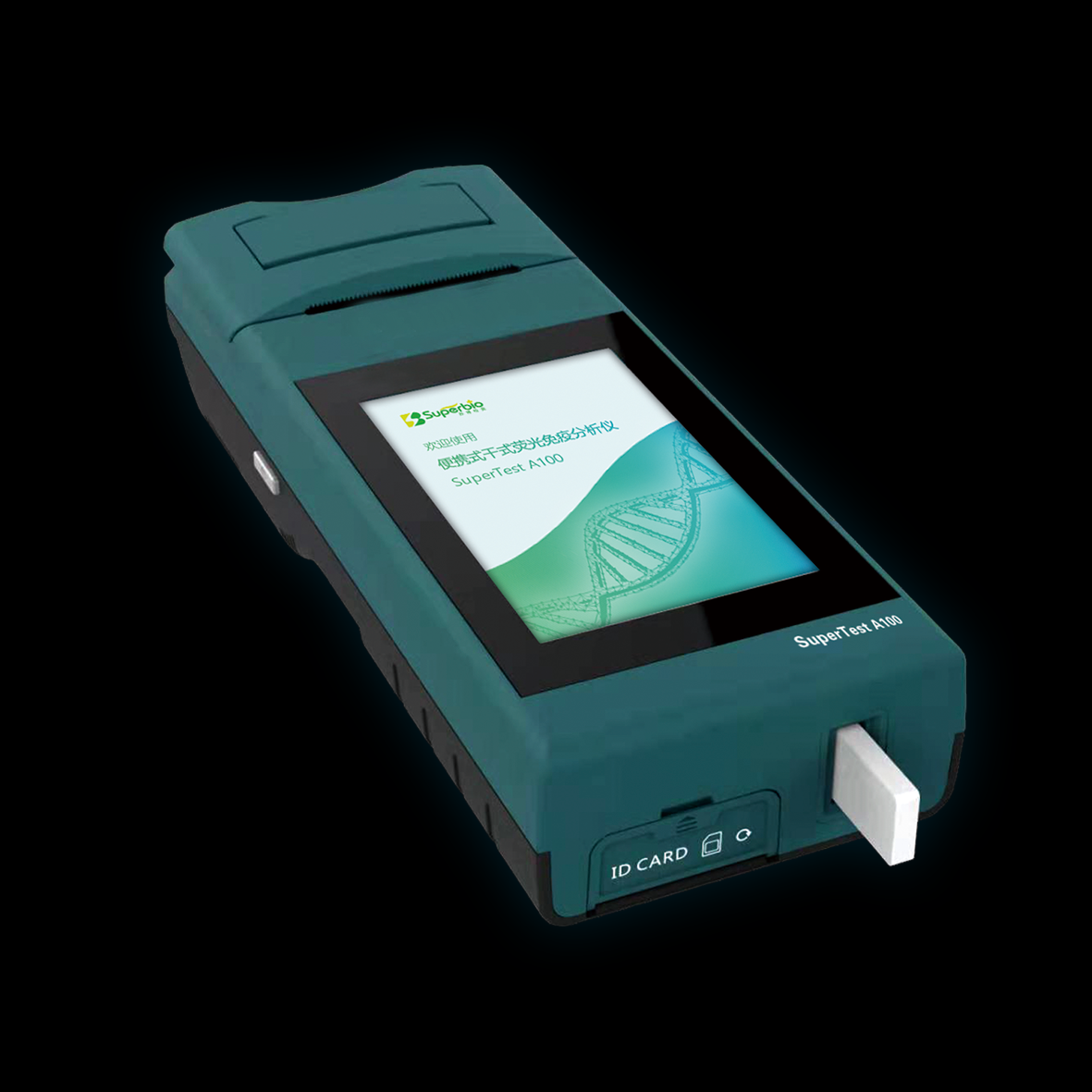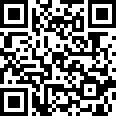The Usage of Drug Testing Equipment
September 09, 2023
Drugs Testing Display

The usage of drug testing equipment involves several steps and considerations. Here is an overview of the typical process:
1. Sample Collection: Drug testing equipment requires a sample from the individual being tested. The most common types of samples used are urine, saliva, blood, and hair. The choice of sample depends on factors such as the detection window, ease of collection, and the specific needs of the testing program.
2. Testing Method: Different Drugs Instrument equipment employs various testing methods, including immunoassay, chromatography, and mass spectrometry. Immunoassay is the most common initial screening method, providing quick results. If a sample tests positive during the initial screening, it is typically sent for confirmation using a more specific and accurate testing method such as chromatography or mass spectrometry.
3. Rapid Test Machine Interpretation: The results obtained from the drug testing equipment need to be interpreted accurately. Clear guidelines and cut-off levels, established by regulatory bodies or specific testing programs, help determine whether a sample is positive or negative for a particular drug or drug class. Proper training and expertise are crucial for accurate and consistent result interpretation.
4. Reporting: Drug testing equipment provides results that must be documented and reported appropriately. This includes maintaining confidentiality and adhering to legal and ethical standards. Results may need to be reported to employers, healthcare professionals, law enforcement agencies, or other relevant parties as required by the specific testing program or situation.
5. Compliance and Follow-up: In some cases, drug testing equipment is used to monitor individuals for compliance with prescribed medication or treatment plans. This involves regular and periodic testing to ensure adherence and deterring the misuse or diversion of medication. Compliance monitoring often involves additional features like tamper-evident seals or observed sample collection to minimize attempts to cheat or adulterate the test.
6. Quality Assurance: Drug testing equipment must undergo regular quality control measures to ensure accurate and reliable results. This involves calibrating the equipment, conducting internal and external proficiency testing, maintaining proper storage conditions for reagents, and adhering to established protocols and standards.
Ultimately, the usage of drug testing equipment requires both technical proficiency and adherence to ethical and legal guidelines. Proper training, quality assurance protocols, and comprehensive result interpretation are essential to providing reliable and meaningful drug testing outcomes.






